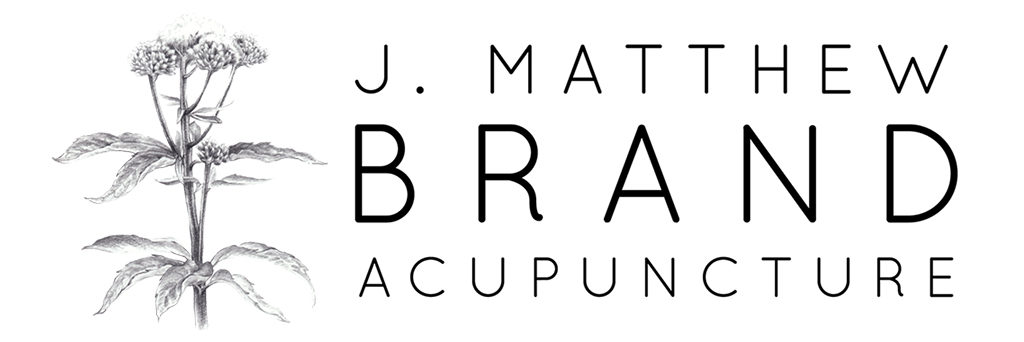
Therapeutic Body Work

Chinese massage, otherwise known as tuina, is one of the oldest forms of medical therapy in Chinese medicine. The term tuina (pronouned “tway-nah”) literally translates as “push-grasp,” implying the techniques used; it is otherwise known as an-mo (itself meaning “press-rub,” and more commonly used to describe the act of massage). It may be classified as an external form of treatment that follows the same basic principles as its more commonly known counterparts (namely, acupuncture, acupressure and herbal medicine): balancing the forces of Yin and Yang in the body.
In practice, tuina uses somewhat simple techniques applied repeatedly over the affected meridians. Stimulation of acupuncture points, or of meridians, is used to reduce pain and stimulate the flow of blood and Qi in the body. This helps bring the body back into balance and thereby allow the body to heal.
Similarly, cupping brings bad, stagnant blood to the surface of the body so that fresh blood may move in and nourish the tissues below. Cupping therapies are used by many cultures around the world. It is used to alleviate musculoskeletal pain, increase range of movement in stiff limbs and back, and relieve symptoms such as coughing and wheezing found with the common cold.
